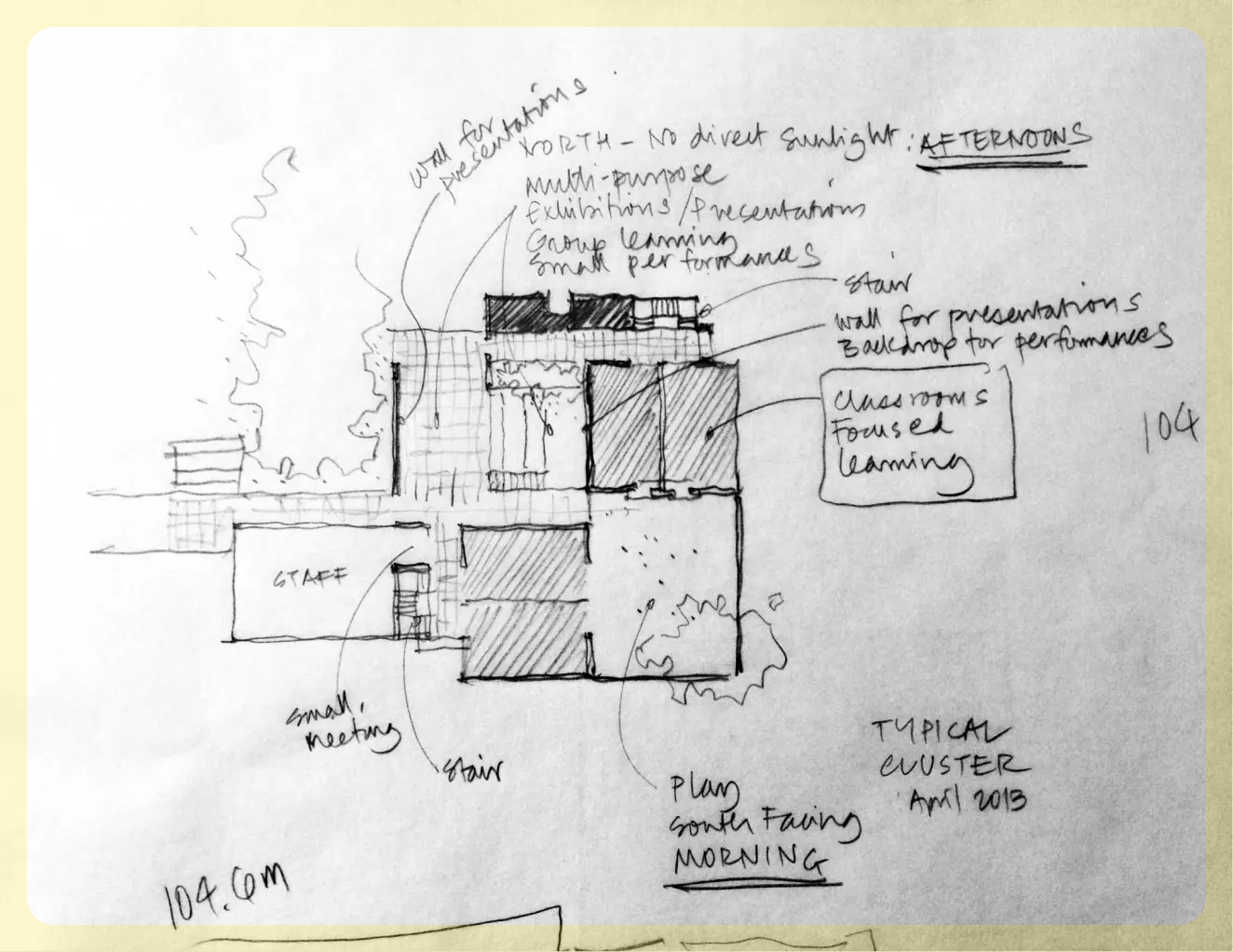Making Culture.

We’d all love to create a culture.
A way of getting people to do things our way.
- Holding a MacBook while crossing a busy New York street, feeling like you belong in the city.
- Working from a café, placing a Starbucks cup next to your laptop before you even take a sip.
- Looking effortlessly cool in Ray-Ban Wayfarers, because they aren’t just sunglasses, they’re a statement.
- Lacing up your Nike sneakers, stepping out the door already feeling more athletic.
- Experiencing quiet luxury in a Burberry scarf.
All of these aren’t just products. They’re ways of doing things or habits that became identities, and then these identities became cultures.
At some point, every café realized that to stay relevant, they needed to offer free Wi-Fi and invite you to stay longer. That became the Starbucks way.
Fashion brands figured out that making you feel stylish at a lower price would turn into a billion-dollar business model. That became the Zara way.
Skincare brands learned that how a bottle looks is sometimes more important than what’s inside it. Others leaned into the opposite, rejecting beauty in packaging as proof of honesty. That became The Ordinary way.
There are two kinds of companies:
- Those who build an original culture.
- Those who try to create a culture from someone else’s culture.
To each their own.
But what we need here is more culture makers, fewer culture takers.
There’s no shortage of brands trying to participate in culture by borrowing, tweaking, and repackaging what already exists.
The better question isn’t: How do we fit in?
It’s: How do we create something others want to be part of?
Some cultures pull you in, only for you to look back years later and wish they hadn’t. Social media, for example. Almost everyone feels nostalgic for a time before it existed. Even the people who made a fortune off it.
Some cultures are so powerful, they erase the simple, joyful ones that came before them.
So, what’s the culture you want to start? Whether it’s for five people or five hundred, the question is the same.

On that note, let’s answer three questions.
By the way, have you noticed how a rough sketch next to a block of text makes it feel more readable? Or how book covers, when they aren’t too polished, feel warmer, more human?
If you’ve ever spent time with an architect, you’ve seen it. The Moleskine in their pocket. The Staedtler pencil that appears the moment they sit on a train or pause for a quiet moment.
They could take a photo. And sometimes they do. But a photo just captures. A sketch makes sense of what’s in front of them. That’s why the architects who sketch, who use their hands to process what they see, end up designing better buildings.
Same goes for writing.
A writer who spends more time with a pen than a keyboard always has sharper ideas. A pen doesn’t let you delete. It doesn’t let you backspace your way out of a half-formed thought. You have to commit. Even if it’s messy.
A keyboard makes it easy to refine. A pen forces you to think.
And the best ideas don’t start on a screen.

Questions.
Q1. What’s the shortest yet sweetest meaning of culture you can think of? Name a brand or community that does that.
Q2. What do you need to focus on to create that meaning in your world? List maybe two things that the culture you admire focuses on to keep practicing its ways.
Q3. What’s the hardest part of designing a culture? Is it being surrounded by mediocrity? Or not having a guide to help you see beyond what’s floating around?
